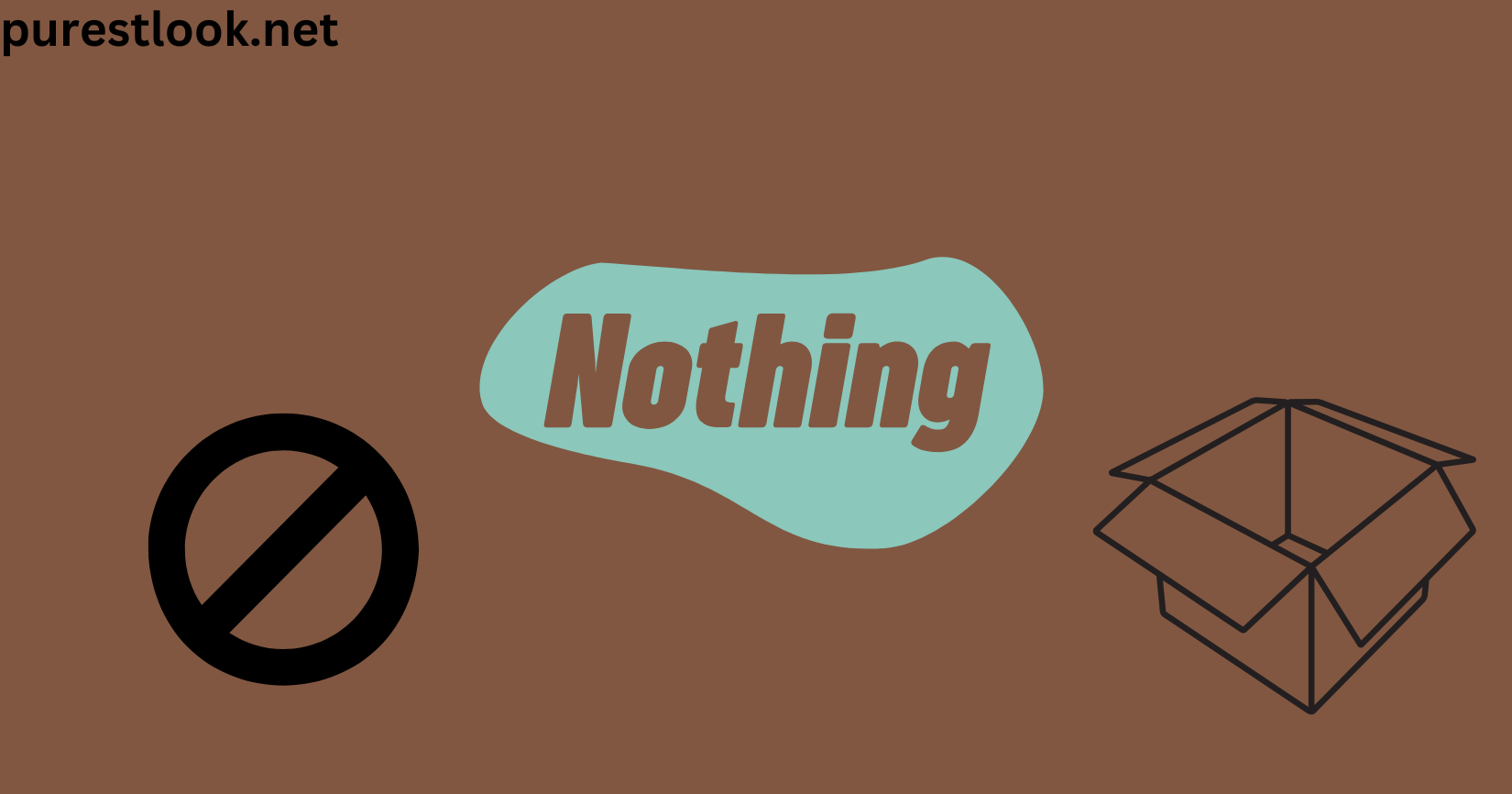“What does nothing look like?” is a thought-provoking question that has intrigued philosophers, scientists, and thinkers for centuries. While “nothing” is an abstract concept, it challenges our understanding of perception and existence. This article dives into the idea of “nothing,” exploring its meaning, visual interpretations, and implications in science and philosophy.
What Does “Nothing” Mean?
Nothing refers to the absence of anything—no matter, energy, or perception. It is a state devoid of objects, activity, or existence. In everyday life, “nothing” often represents an empty space or void, but defining it accurately requires diving deeper into its abstract nature.
Scientific Perspective on “Nothing”
In science, the concept of “nothing” is complex. Even in a vacuum, quantum fluctuations suggest that particles and energy can momentarily appear and disappear. This challenges the notion of true “nothingness.”
| Aspect | Description |
|---|---|
| Quantum Vacuum | Space without matter but with fluctuating energy |
| Outer Space | Perceived emptiness but contains dark matter/energy |
| True Nothing | A theoretical concept, possibly unattainable |
Philosophical Views on “Nothing”
Philosophy often treats “nothing” as a concept rather than a physical state. Thinkers like Heidegger and Sartre have debated its significance, associating it with existentialism and the human quest for meaning.
What Does Nothing Look Like in Everyday Life?
From a practical standpoint, “nothing” might resemble:
- A completely dark, unlit room
- An empty canvas or blank screen
- A still, silent moment without distractions
Cultural Interpretations of Nothing
Various cultures interpret “nothingness” differently. In Zen Buddhism, “nothing” represents peace and enlightenment, while in Western thought, it often implies absence or loss.
| Culture | Interpretation of Nothing |
|---|---|
| Zen Buddhism | Emptiness as mindfulness and clarity |
| Western Philosophy | Absence, loss, or void |
| Indigenous Beliefs | Often tied to creation myths or cosmic cycles |
Visualizing Nothing Through Art and Media
Artists and filmmakers have long tried to represent “nothing” visually. Examples include:
- Black canvases in abstract art
- Films using blank or dark screens to signify emptiness
- Minimalist designs focusing on negative space
Why Is Nothing So Difficult to Define?
Defining “nothing” is challenging because human perception relies on contrasts and experiences. Without something to compare it to, “nothing” becomes nearly impossible to conceptualize fully.
Conclusion
“What does nothing look like?” invites us to reflect on the limits of human perception and understanding. Whether explored through science, philosophy, or art, “nothing” remains an abstract yet deeply meaningful concept. While its visual representation varies, its implications for how we interpret existence and absence are profound. Recognizing “nothing” helps us appreciate contrasts in life, highlighting the value of what we have in the presence of its absence.
FAQs
What does “nothing” mean scientifically?
In science, “nothing” refers to a vacuum or empty space, though even vacuums may contain quantum energy and particles.
Can “nothing” truly exist?
Many argue that true “nothingness” is impossible, as even the emptiest spaces in the universe contain some form of energy or matter.
What is the philosophical view of “nothing”?
Philosophers see “nothing” as an abstract concept tied to existence, meaning, and the human condition, rather than a physical reality.
How is “nothing” represented in art?
Artists represent “nothing” using minimalism, negative space, or dark, blank canvases to evoke a sense of emptiness.
What does “nothing” look like in space?
Outer space, often thought of as “nothing,” is not entirely empty. It contains dark matter, energy, and sparse particles.
